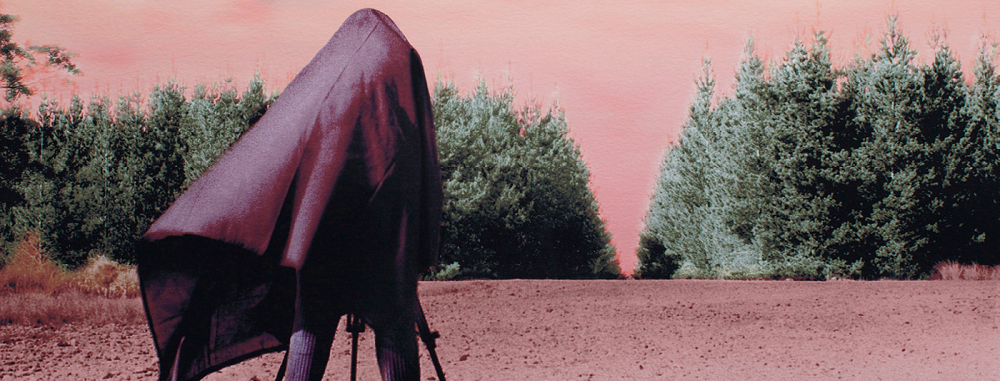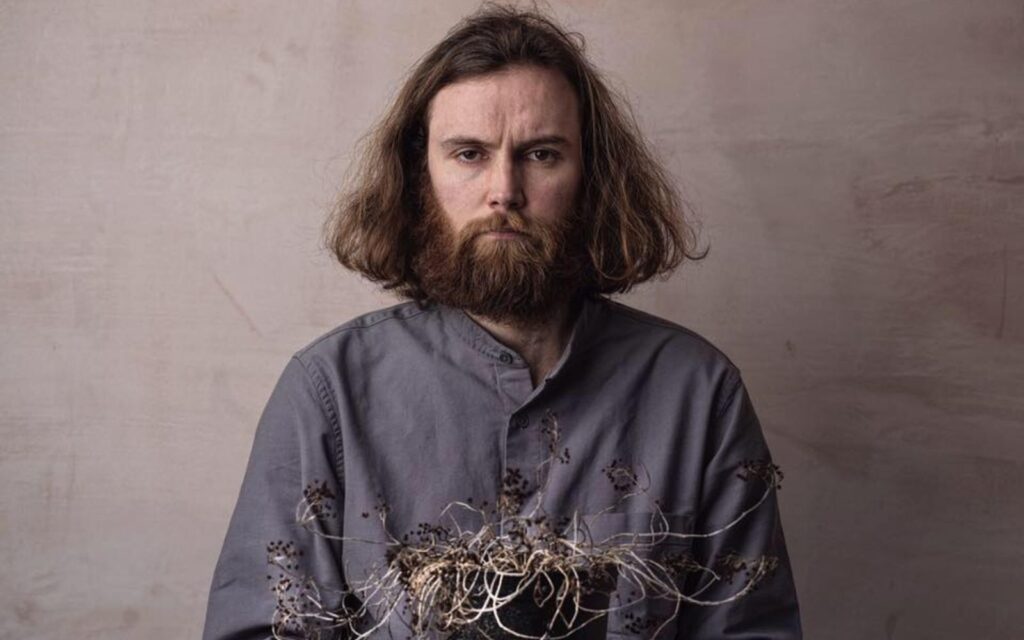An Unorthodox Flow Of Images, an exhibition curated by Naomi Cass and Pippa Milne for the Melbourne Festival doesn’t try to answer this, nor does it try to address a single theme or idea. Instead, the exhibition elegantly presents 150 still and moving images with vague connections and invites the viewer to come to their own conclusions. Cass and Milne advise in the field guide: “At the core of this exhibition is an attempt to lay bare the way that images inform and seep into everyday life, underpinning the way we see, interpret and understand the world.”
The exhibition begins with an image widely understood to be the first Australian press photograph; Body of Joe Byrne, member of the Kelly Gang. The image sits alongside Flagellation of Christ by Piero Della Francesca and a photograph of 2014’s Lindt Cafe siege in Sydney, highlighting the variations in how public displays of suffering and trauma are captured.
An Unorthodox Flow of Images also offers opportunities for reflection on the ways an image can be interpreted. The Eunuch, Maree, South Australia has been displayed under several titles throughout its history, all of which convey a different meaning. Whilst a selection of ASIO surveillance images take on a more ominous subcontext as a result of the annotations identifying persons of interest.
The context is key to why certain images in the exhibition are so compelling- Morning Mist, Rock Island Bend, Franklin River, Tasmania is credited with playing a part in the Labour victory in the 1983 federal election and became an iconic embodiment of what might have disappeared. And viewing Masayoshi Sukia’s portrait of David Bowie (which became the cover of his iconic Heroes album) feels even more significant with his recent passing.
A true highlight of the exhibition is Andy Guérifs captivating Maestà, The Passion of Christ, a 60-minute video in which the 26 scenes from Christ’s Passion are restaged. It is impossible to look away- perhaps due to the fresh approach to such a familiar narrative, or because there are numerous acts taking place simultaneously across the tableau, or maybe because watching actors move furniture from frame to frame setting up for the following scene makes us feel that we have an exclusive, behind the scenes look.
Ultimately it is these kinds of questions that the exhibition successfully encourages the audience to ask. Showing us that we don’t need to have the answers about what makes imagery compelling to enjoy it, and in fact sometimes it is this mystery that can be its greatest strength.







